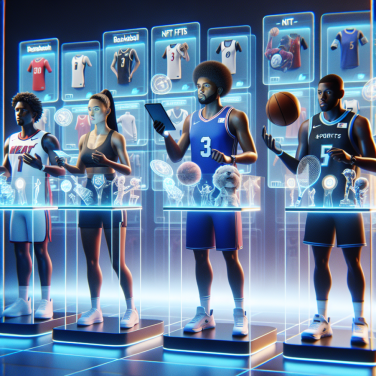Unveiling the Ritualistic Roots of the Mesoamerican Ballgame
The Mesoamerican ballgame, known variously as Ōllamaliztli in Nahuatl or Pitz in the Mayan language, was more than just a competitive sport; it was a ceremonial practice steeped in rich religious and cultural significance. Although it was played across a vast region by numerous cultures, including the Olmecs, Mayans, Aztecs, and Zapotecs, the game maintained core ritualistic elements that reflect the worldview of these ancient civilizations.
At the heart of the game was a rubber ball, which held deep symbolic meaning. The ball itself came to represent the sun or moon, with its bouncing movement seen as the celestial bodies' journey across the sky. This symbolism turned each game into a reenactment of the cosmic battles between day and night, life and death. Players, therefore, were seen as warriors, taking on the roles of gods and acting out these eternal struggles.
The game's rules and the design of the ballcourts were also symbolic. Ballcourts, called tlachtli, were I-shaped and aligned astronomically to reflect significant calendar dates or celestial events. The walls of these courts often bore elaborate carvings and inscriptions telling mythological tales that intertwined with the themes of the game. Some ballcourts were situated at the base of temples, underscoring the game's divine aspect and its role as a bridge between the earth and the heavens.
Rituals surrounding the game were elaborate and varied between cultures and time periods. For instance, in some cases, the game would be preceded by rituals involving fasting, bloodletting, and other forms of penance or preparation by the players. Such acts were meant to purify the participants and confer upon them the favor of the gods. The act of playing the game, much like the rituals, was thought to influence cosmic balance, ensuring the continuity of life cycles.
The ballgame also had a funerary aspect, with some games intended as death rites for notable individuals. These posthumous games were believed to aid the deceased in their journey to the underworld. The connection to the afterlife cannot be understated, as the Mayan Popol Vuh chronicles the ballgame played by the Hero Twins with the lords of the underworld, highlighting the game's centrality in negotiating life, death, and fate.
Read also:
The Ultimate Guide to Marathon Running: Training, Nutrition, and More
The Impact and Legacy of the Mesoamerican Ballgame in Modern Culture
The Mesoamerican ballgame, known as ōllamaliztli in Nahuatl, is an ancient sport with roots that intertwine deeply with the cultural, religious, and political aspects of pre-Columbian societies. Its legacy stretches far beyond the fall of these civilizations, permeating modern culture in a variety of subtle and profound ways.
One of the most evident impacts of the Mesoamerican ballgame is its contributions to the sporting world. The notion of team sports involving a rubber ball and a designated playing area can be seen as an early precursor to many modern ball games. Though contemporary sports have evolved significantly, the concept of opposing teams, the use of a ball, and the presence of spectators echo this ancient tradition.
In the realm of art and literature, the ballgame continues to inspire works that reflect its significance in Mesoamerican life. Artists and authors draw from the vibrant iconography and rich mythology associated with the game, often depicting scenes of the ballcourt, players adorned in elaborate gear, or the gods who were believed to partake in the celestial version of the game. Contemporary expressions of these elements can be seen in paintings, sculptures, novels, and poems that pay homage to this piece of history.
Moreover, in several regions of Mexico and Central America, modern descendants of these ancient civilizations maintain a direct link to their heritage by playing variations of the original ballgame. Ulama, for example, still played in some parts of Mexico, is a direct descendant of the ancient sport. The participation in these games serves not only as a form of physical engagement but also as a ritual that reconnects communities with their ancestral past.
Academically, the study of the Mesoamerican ballgame has also left a substantial mark on the fields of archaeology, anthropology, and history. The deciphering of glyphs, the analysis of archaeological sites like ballcourts, and the examination of related artifacts help scholars understand the complex societal structures and cosmologies of Mesoamerican cultures. Museums across the world house collections that provide a glimpse into this ancient tradition, educating the public and fostering appreciation for cultural diversity and history.
Cultural tourism centered around the ancient ruins, including ballcourts, is another area where the legacy of the Mesoamerican ballgame is evident. Visitors to sites such as Chichen Itza in Mexico, where a well-preserved ballcourt stands, can witness firsthand the grandeur and technical sophistication involved in these sacred pre-Columbian spaces.




